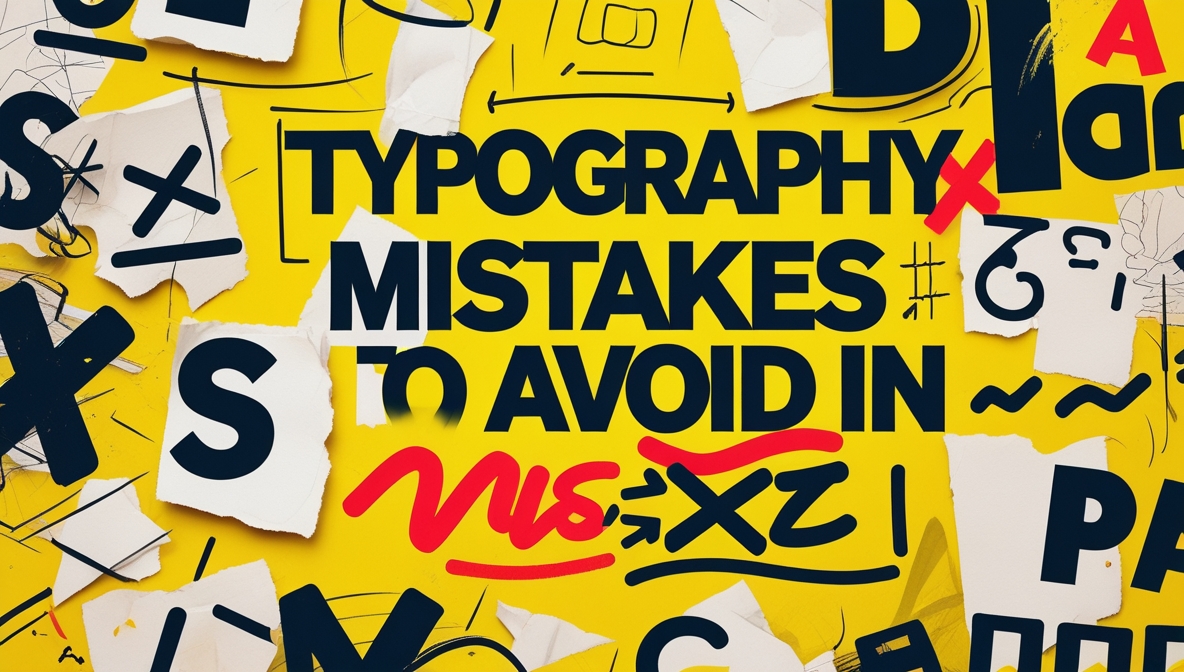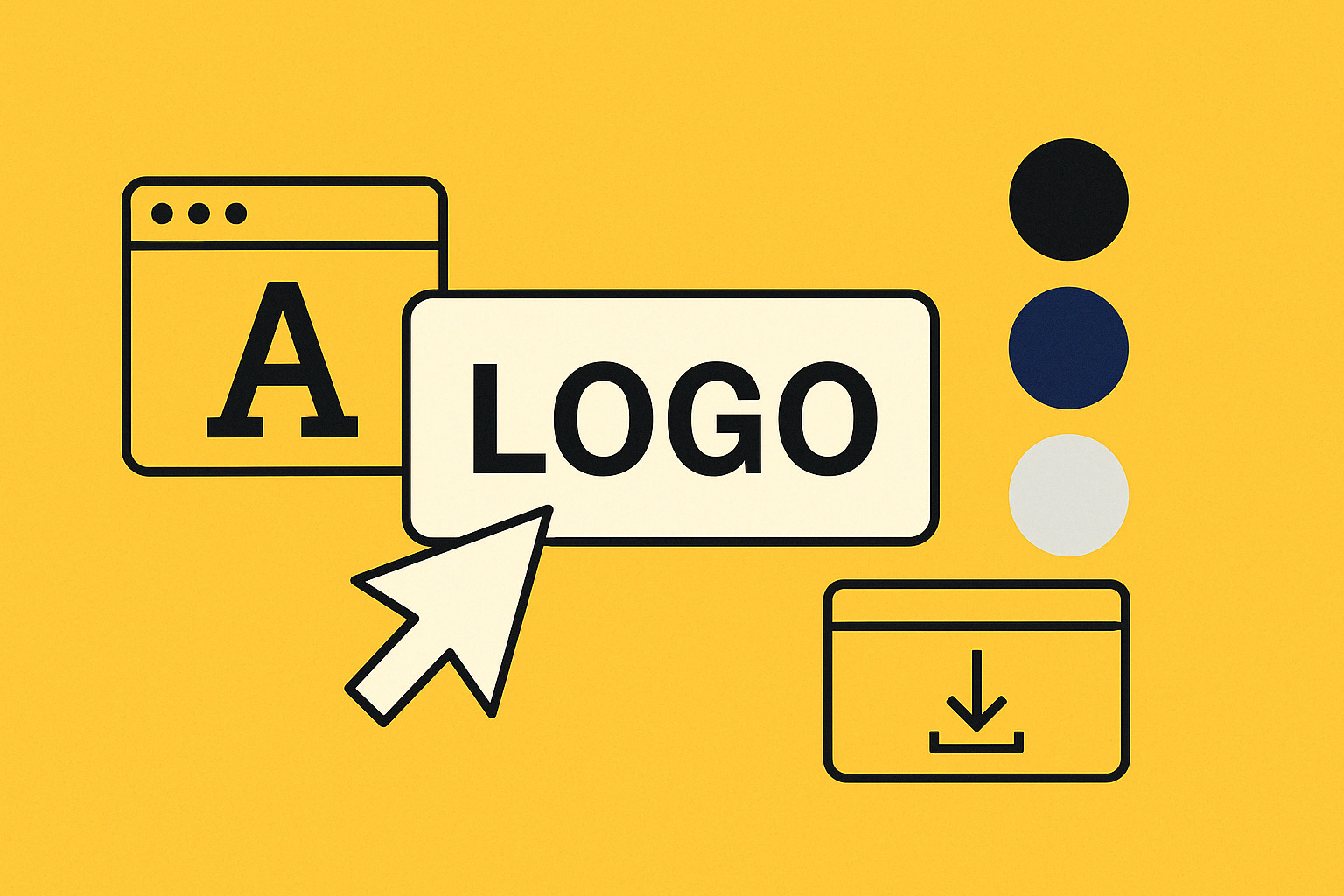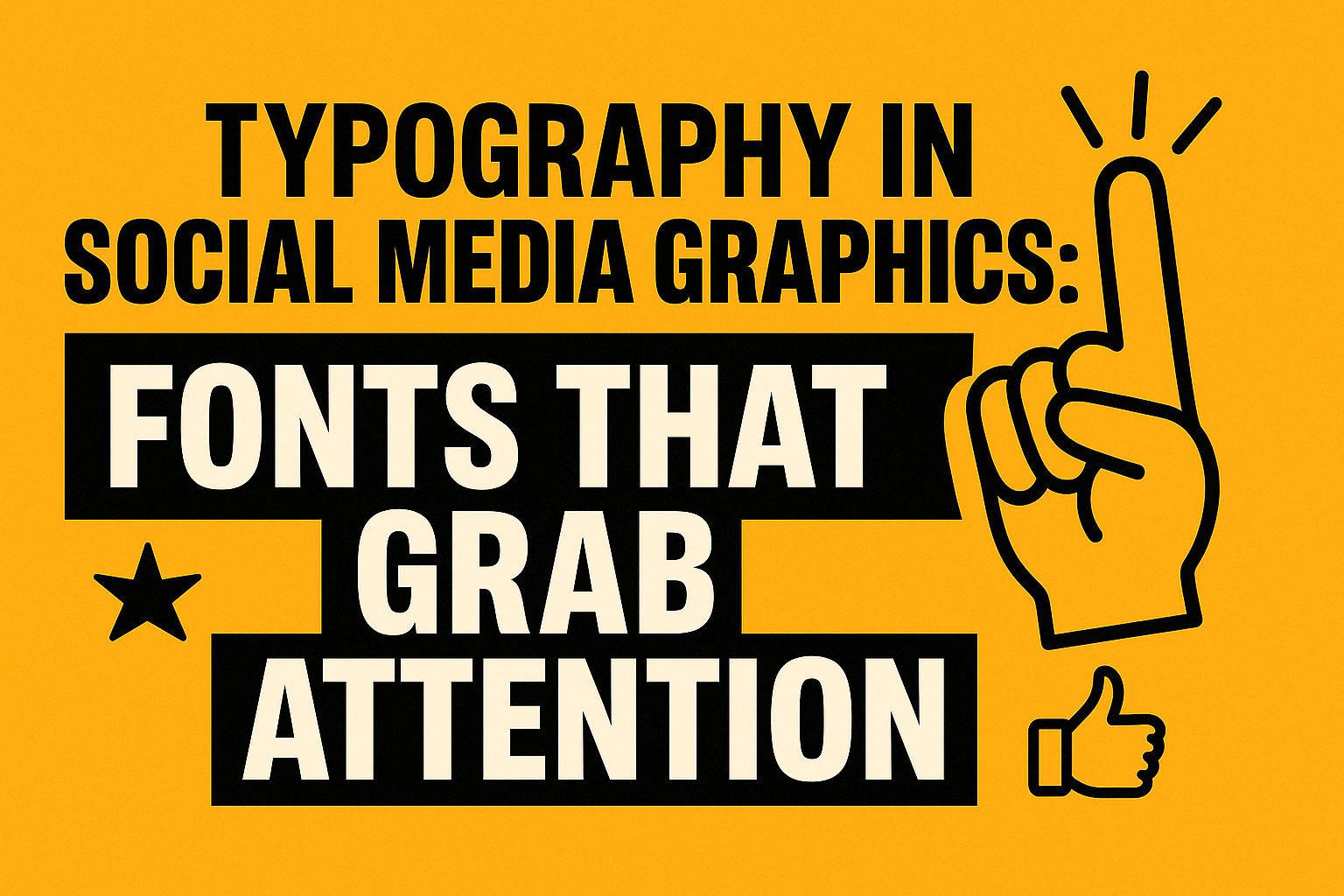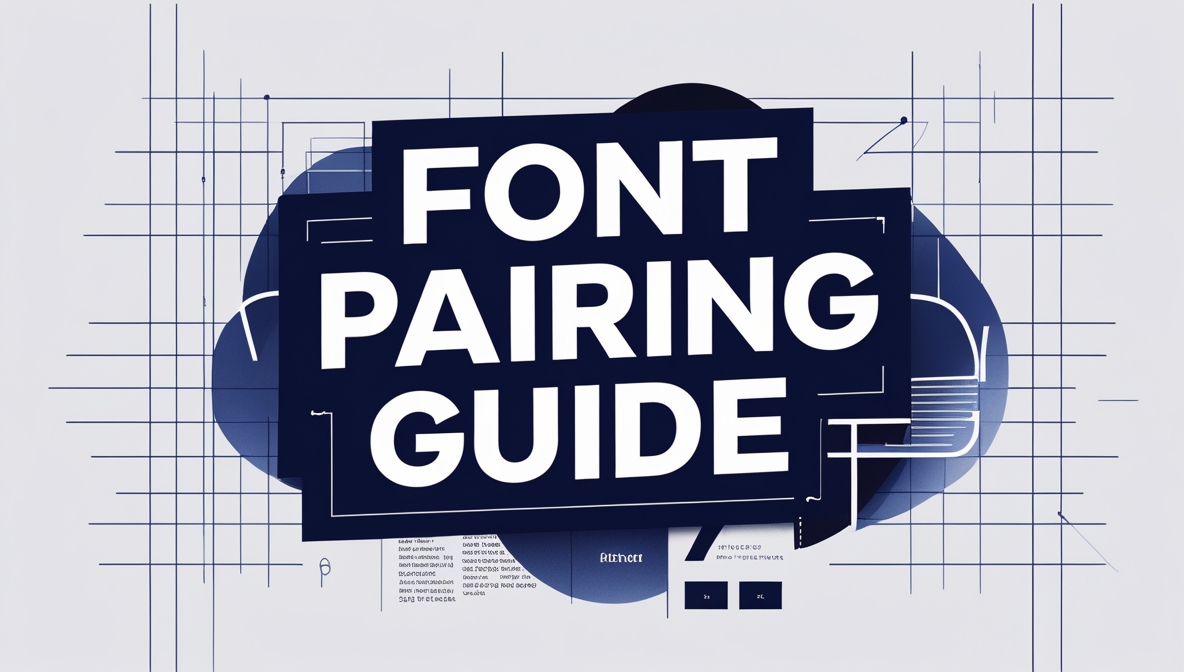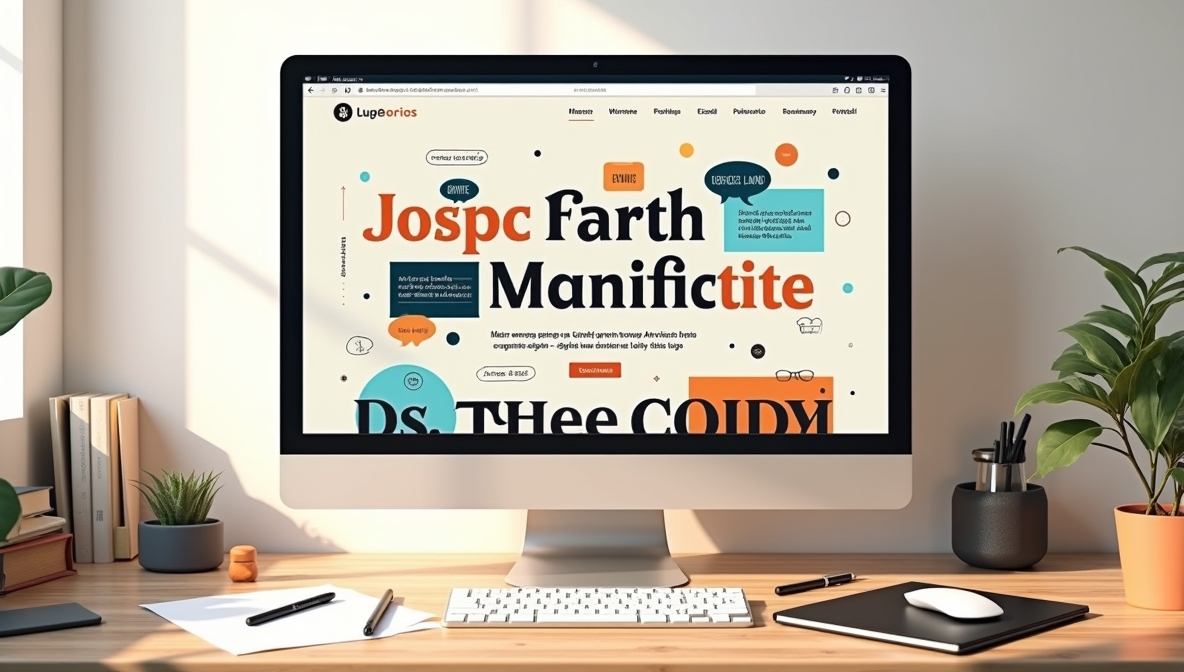Typography is the backbone of visual communication, yet even seasoned designers can fall prey to common pitfalls. Poor typography can undermine the effectiveness of a design, making it difficult to read, unprofessional, or visually jarring. To ensure your designs are both aesthetically pleasing and functional, here are the most critical typography mistakes to avoid.
1. Using Too Many Fonts
- Mistake: Overloading a design with multiple typefaces creates visual chaos.
- Solution: Stick to 2-3 fonts per project—one for headings, one for body text, and optionally an accent font for emphasis.
- Pro Tip: Pair a serif with a sans-serif font for contrast and harmony.
2. Ignoring Hierarchy
- Mistake: Failing to establish a clear visual hierarchy confuses readers.
- Solution: Use size, weight, and spacing to differentiate headings, subheadings, and body text.
- Pro Tip: Start with your headline at 2-3 times the size of your body text.
3. Overlooking Kerning and Tracking
- Mistake: Poor spacing between letters (kerning) or words (tracking) can make text illegible.
- Solution: Adjust kerning for headlines and logos, and ensure consistent tracking for body text.
- Pro Tip: Turn on kerning in your design software and manually tweak problematic pairs like “AV” or “To.”
4. Choosing Style Over Readability
- Mistake: Prioritizing decorative fonts over legibility sacrifices functionality.
- Solution: Reserve ornate fonts for logos or short headlines; use clean, readable fonts for body text.
- Pro Tip: Test readability by printing your design at actual size or viewing it on multiple devices.
5. Neglecting Alignment
- Mistake: Poor alignment disrupts the flow and professionalism of a design.
- Solution: Use grids and alignment tools to ensure text is consistently positioned.
- Pro Tip: Left-align body text for readability; center-align sparingly for titles or invitations.
6. Overusing All Caps
- Mistake: Excessive use of uppercase text can feel aggressive and is harder to read.
- Solution: Use all caps for short headings or emphasis, but avoid it for body text.
- Pro Tip: Combine uppercase with lowercase for a balanced, modern look.
7. Ignoring Contrast
- Mistake: Low contrast between text and background makes reading strenuous.
- Solution: Ensure sufficient contrast, especially for body text, by testing color combinations.
- Pro Tip: Use tools like WebAIM’s Contrast Checker to verify accessibility standards.
8. Forgetting About Line Length
- Mistake: Lines that are too long or too short disrupt reading rhythm.
- Solution: Aim for 50-75 characters per line for optimal readability.
- Pro Tip: Adjust column width or font size to achieve the ideal line length.
9. Overcomplicating with Effects
- Mistake: Excessive use of shadows, outlines, or gradients can overwhelm the text.
- Solution: Use effects sparingly and only when they enhance the message.
- Pro Tip: Stick to one effect at a time—e.g., a subtle drop shadow or a single gradient.
10. Ignoring Responsive Typography
- Mistake: Failing to adapt typography for different screen sizes leads to poor user experience.
- Solution: Use scalable units (like em or rem) and test designs on multiple devices.
- Pro Tip: Simplify typography for mobile by increasing font size and spacing.
11. Using Hyphens and Justified Text Incorrectly
- Mistake: Hyphenating words or justifying text can create awkward gaps and disrupt flow.
- Solution: Avoid hyphenation in body text and use left-aligned text for better readability.
- Pro Tip: If justifying text, manually adjust spacing to avoid rivers of white space.
12. Overlooking Typography in Branding
- Mistake: Inconsistent typography across brand materials weakens brand identity.
- Solution: Establish a typography style guide and adhere to it consistently.
- Pro Tip: Include font choices, sizes, weights, and spacing rules in your brand guidelines.
13. Ignoring Cultural Context
- Mistake: Using fonts or styles that don’t resonate with the target audience.
- Solution: Research cultural preferences and associations before selecting typefaces.
- Pro Tip: For global audiences, choose neutral, widely legible fonts like Helvetica or Roboto.
14. Forgetting About White Space
- Mistake: Crowding text with insufficient white space makes designs feel cluttered.
- Solution: Use ample margins, padding, and line spacing to create breathing room.
- Pro Tip: Increase line spacing (leading) by 1.5 times the font size for body text.
15. Using Outdated Fonts
- Mistake: Relying on overused or outdated fonts can make designs feel uninspired.
- Solution: Explore modern typefaces or lesser-known fonts to stand out.
- Pro Tip: Platforms like Google Fonts or Adobe Fonts offer a wide range of contemporary options.
16. Ignoring Accessibility
- Mistake: Designing without considering accessibility excludes users with visual impairments.
- Solution: Use larger font sizes, high contrast, and accessible typefaces.
- Pro Tip: Test your designs with accessibility tools like Color Oracle or Stark.
17. Overlooking Typography in Print
- Mistake: Neglecting print-specific considerations like DPI and bleed areas.
- Solution: Use vector-based fonts and ensure high-resolution settings for print projects.
- Pro Tip: Always request a physical proof before finalizing print designs.
18. Failing to Proofread
- Mistake: Typos and grammatical errors undermine professionalism.
- Solution: Proofread meticulously and use tools like Grammarly or Hemingway.
- Pro Tip: Have a second set of eyes review your text before finalizing.
19. Ignoring Emotional Impact
- Mistake: Choosing fonts that don’t align with the emotional tone of the message.
- Solution: Match typefaces to the mood—e.g., playful fonts for children’s brands, elegant serifs for luxury.
- Pro Tip: Test different fonts to see how they influence the overall feel of the design.
20. Overlooking Typography Trends
- Mistake: Sticking to outdated trends can make designs feel stale.
- Solution: Stay updated on current typography trends while maintaining timeless principles.
- Pro Tip: Follow design blogs, attend webinars, and study award-winning designs for inspiration.
By avoiding these common typography mistakes, you can elevate your designs, enhance readability, and create a lasting impression. Typography is not just about choosing pretty fonts—it’s about crafting a seamless, engaging experience for your audience. Master these principles, and your designs will speak volumes.
